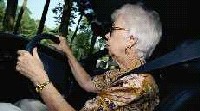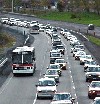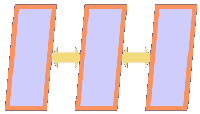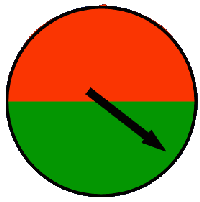
|
|
|
|
|||||||||||||
The Liberty Mutual Research Institute for Safety's (LMRIS) Experimental VehicleMatthias Roetting, Ph.D.Liberty Mutual Research Institute for Safety 71 Frankland Road Hopkinton, MA 01748 Phone: (508) 497-0237 Email: matthias@roetting.de |
|||||||||||||
 |
|||||||||||||
Overview |
|||||||||||||
 |
|||||||||||||
Introduction
|
|||||||||||||
 |
|||||||||||||
Requirements
|
|||||||||||||
 |
|||||||||||||
Purpose of the Components
|
|||||||||||||
 |
|||||||||||||
Driving Activity Parameters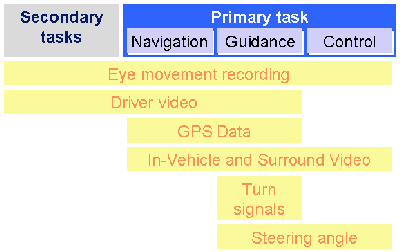 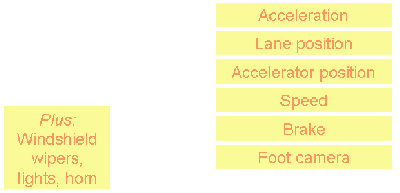
|
|||||||||||||
 |
|||||||||||||
Driving track
|
|||||||||||||
 |
|||||||||||||
Pilot Study OverviewPurpose
|
 |
||||||||||||
 |
|||||||||||||
Driving Tasks
|
 |
||||||||||||
 |
|||||||||||||
Driving Track Set-Up
|
 |
||||||||||||
 |
|||||||||||||
Distraction Task
|
 |
||||||||||||
 | |||||||||||||
Conditions
|
 |
||||||||||||
 | |||||||||||||
 |
|||||||||||||
Subjects
|
 |
||||||||||||
 | |||||||||||||
 |
|||||||||||||
Variables
|
 |
||||||||||||
 | |||||||||||||
 |
© 2002-2005 • contact Matthias Roetting • last revision February 21th, 2005


